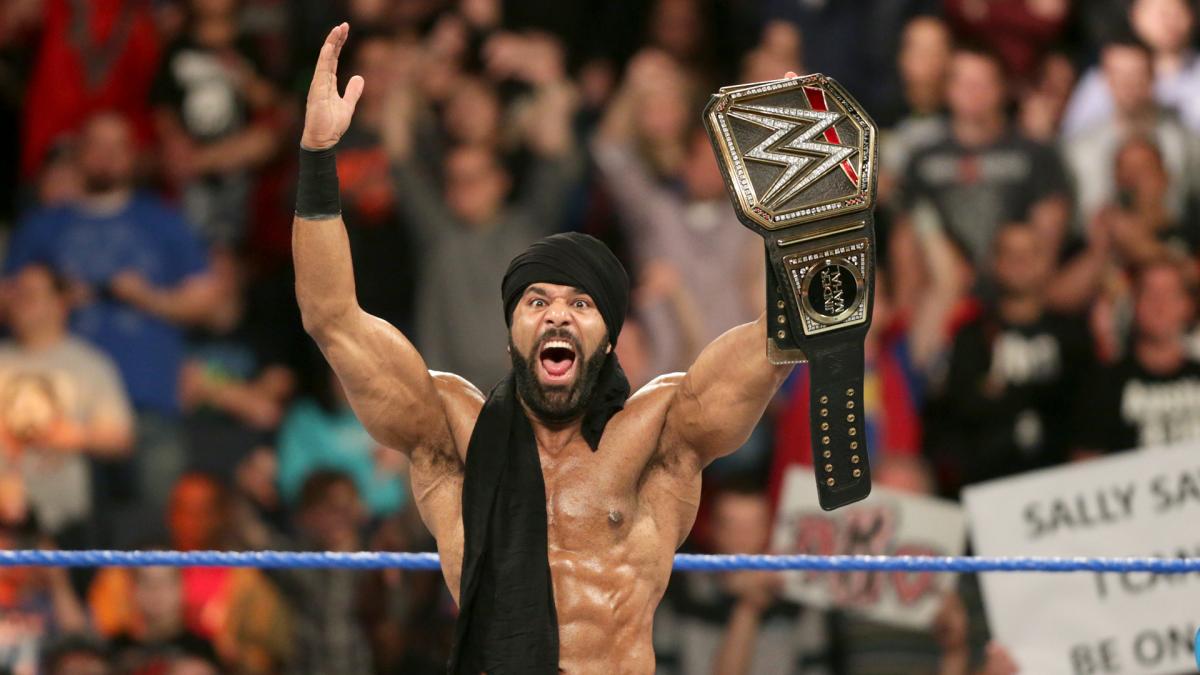The Impossible End Of Wrestling’s Worst Era

This was the primary audience telling Vince McMahon that they’d at long last gravitated towards a star built in his preferred image. Braun was a gigantic truck of a wrestler. His best matches were fun and explosive, but the character wasn’t necessarily a success as a result of his in-ring exploits. WWE held no interest in allowing state-of-the-art, fashionable pro wrestlers work to the intense degree of a Kenny Omega. Strowman worked precisely because he wasn’t doing an impression of Omega. He was WWE through and through. He was what they were looking for, and on that basis, WWE fans thought they had found a realistic attraction worth the investment.
Strowman had an attitude on him at the time, granted, but it’s not as if any top star was ever a goody-two-shoes. He was decisively beaten by Brock Lesnar at No Mercy and was never as hot again. It was all about Roman Reigns.
Fans however revolted at the idea of Roman Reigns challenging for Brock Lesnar’s Universal championship at WrestleMania 34. The indelible image of that main event is not the blood-splattered babyface bravely fighting the monster; it is that of several beach balls being thrown around a stadium that could not have cared less.
Those fans who hadn’t lost faith - those who hadn’t migrated to ROH and New Japan - still fought. Becky Lynch was cast as the heel at SummerSlam 2018, but fans once again refused to go along with the script. Lynch became ‘The Man’, though the original idea was for WWE to hand Charlotte Flair her umpteenth babyface push ahead of WrestleMania 35.
CM Punk.
Daniel Bryan.
Becky Lynch.
All three wrestlers were forced into the main event bracket in response to a toxic fan backlash.
In December 2018, the product was so poorly-received that the McMahons had to apologise for it onscreen and vow to do better. The product did not improve; if anything, the opposite was true.
You had to eat your slop even when you were told it was slop that you were eating. Who else was going to fund this freak show called pro wrestling?
Dave Meltzer of the Wrestling Observer Newsletter once wrote, and he was absolutely dead-on: “The negative stigma pro wrestling faces in television is largely something that has plagued the business on a grand scale from the beginning of time.”
By 2018, things had changed. The relatively inexpensive ad-free streaming model had long since hastened the very slow death of cable television. TV executives panicked. Streaming was winning the war at a price point level, and Netflix, with its acclaimed and engrossing viral documentaries a particular selling point, lured yet more subscribers with its original content. This development compounded the issue that had affected cable TV years earlier: the rise of DVR. Through this, viewers could circumvent those pesky commercials - the commercials that funded cable television. Networks responded by throwing everything at live sport under the belief that it was ‘DVR-proof”. A game is only worth watching live. The drama is entirely driven by the live experience and, unlike a sitcom that will make you laugh forever, a game is done when it’s done.
Ironically, given McMahon’s long-held insistence that wrestling was “entertainment”, it was tolerated by networks because it was considered a DVR-proof property with no off-season: a sport.
At the exact same time in which Vince McMahon pissed the second audience off, the TV industry begrudgingly acknowledged it. To them, you were still poor and unintelligent. They were still unconvinced that you could actually afford the products and services offered in those premium advertising slots. But very few other people were watching television.
This is hardly a romantic interpretation of the AEW origin story - some seminal, uplifting pro wrestling brilliance drove it all forward, and it’s not as if a major network was desperately throwing money at Impact - but it’s not untrue. To underscore that point, Tony Khan had to persuade Kevin Reilly - the former Warner executive without whom AEW would not exist - over a long, protracted period.
All Elite Wrestling was and remains a unicorn of a wrestling promotion. So many factors, many of them thought impossible, converged to make it happen and, in the process, bring an end to the dismal WWE monopoly era.
The death of the TV industry. The rise of New Japan Pro Wrestling and the advances in digital technology that allowed people to more easily access it. The rise of social media as a free tool with which to build brands and tell stories. A collection of intensely acclaimed and gifted free agents whose contracts all expired at the same time. And, of course, a billionaire who could have done literally anything with his young life, but chose to watch Extreme Championship Wrestling and sign up to the DVDVR forum.
And, above all else, the appetite of a public who were simply - in yet another irony - “tired of having their intelligence insulted”. It was only because WWE was so bad for so long that AEW was allowed to be so radically different, and if that scans as hyperbole, WWE isn’t letting Nick Gage slice Chris Jericho up with glass on national television.
AEW was an impossible triumph against the odds - fittingly enough, the exact opposite of WWE’s Jinder Mahal story.
Levesque, who always wins in the end - just ask Sting, Booker T, Goldberg… - actually did become the saviour. Much like his WrestleMania matches, however, it took him rather too long to maintain the monopoly. By the time his NXT TakeOver: New York card featured 11 out of 14 former PWG wrestlers, AEW was already in motion.